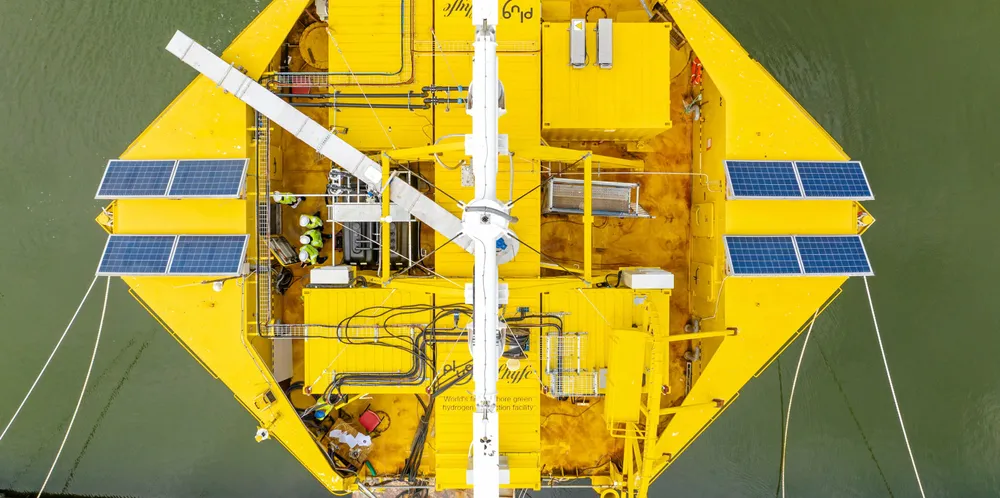'Much needed step' | Floating wind-fuelled hydrogen pilot ready to deliver off France
Pioneering Sealhyfe project will see BW Ideol FloatGen turbine powering Plug Power electrolyser as part of offshore demonstrator being run by technology developer Lhyfe
